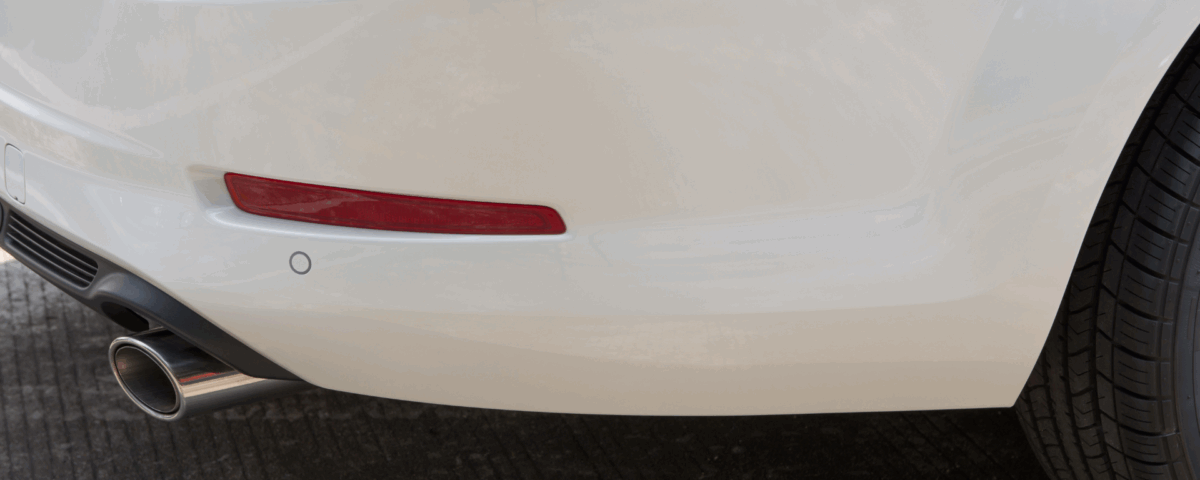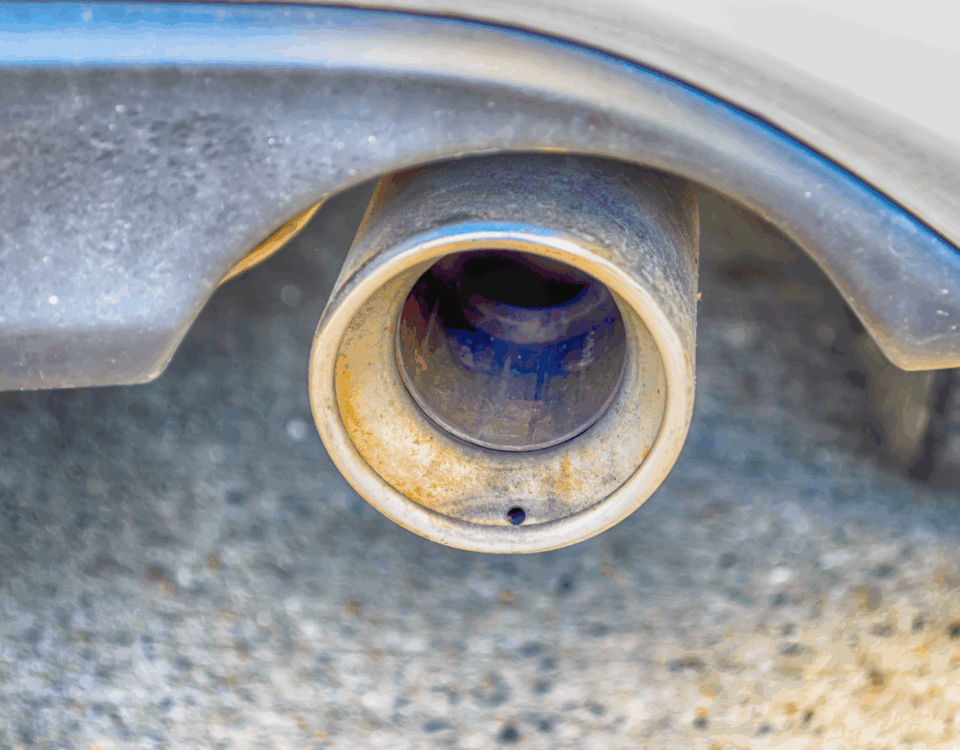
Quick Tips to Pass a Smog Test and Save Money
June 16, 2025Regular Maintenance is Key to Smog Test Success
Routine maintenance is your first line of defense when preparing for a smog test. Clean oil, a new air filter, and fresh spark plugs contribute to better combustion and lower emissions. These basics are easy to overlook but can make a big difference in the results. Many vehicles fail due to simple, preventable issues related to neglect or overdue servicing.
Check the Warning Lights on Your Dashboard
One of the easiest ways to tell if your car might fail a smog test is to look at your dashboard. If the check engine light is on, your car is almost guaranteed to fail. Before taking the test, have a professional run a diagnostic scan and address any trouble codes. This can uncover deeper problems like a failing catalytic converter or emission control system fault.
Replace the Gas Cap if Necessary
A loose, cracked, or faulty gas cap can cause your vehicle to fail a smog test by triggering an emissions system warning. Gas caps are inexpensive and simple to replace, yet often ignored. A tightly sealed fuel system helps keep harmful vapors contained and ensures your car passes the vapor leak portion of the test.
Avoid a Smog Test Immediately After a Battery Change
Resetting your car’s computer—like after disconnecting or replacing the battery—can cause your emissions monitors to read “not ready.” This results in an automatic fail, even if there’s nothing wrong. It’s best to drive your car for at least 100 miles over a few days to allow the system to recalibrate and complete internal checks before your smog test.
Consider Professional Help if You’re Unsure
If your car has a history of smog test failures or seems to run poorly, take it to a certified mechanic before testing. A professional can pinpoint emissions-related problems more efficiently and offer solutions that save you time and money. They’ll also ensure your vehicle is in optimal condition, reducing the chance of a surprise failure on test day.






